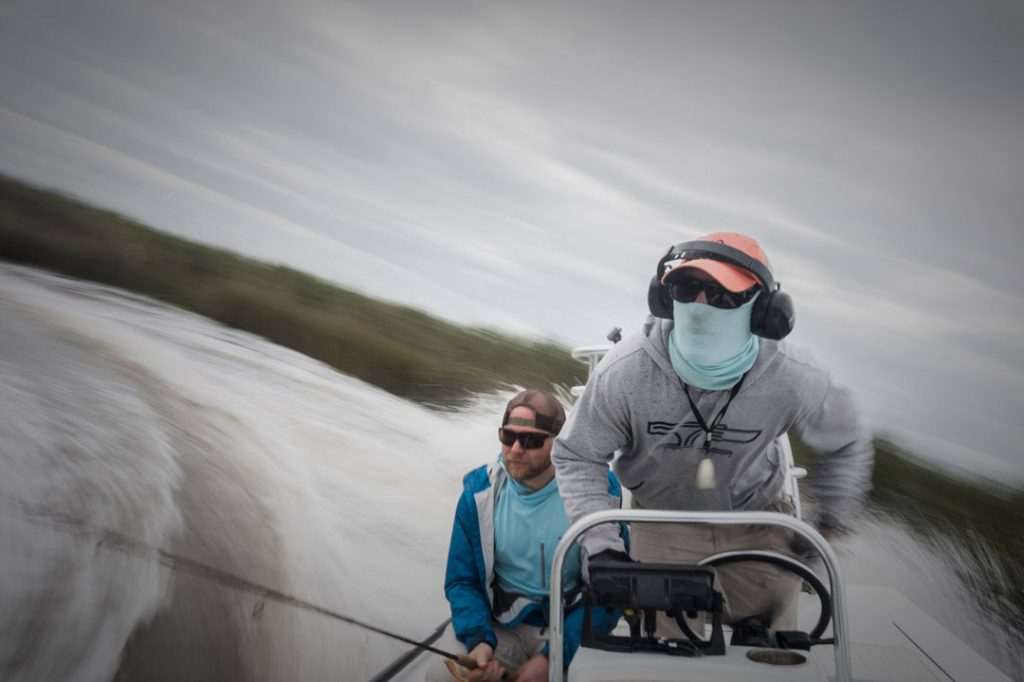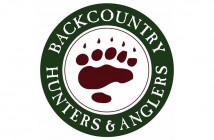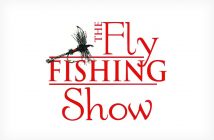
Some places are opening up. People are getting out on the water. Some guides are booking trips. Some shops have re-opened their doors. That’s all good for business, but the risks are far from over.
The New York Times reported two days ago that the Trump Administration projects about 200,000 new cases each day by the end of this month (current number of daily new cases is 25,000). Let’s hope that doesn’t come to pass, and let’s hope the cost of rebooting the economy isn’t tens of thousands of lives.
Actually, let’s do as much as we can to mitigate risks while fishing and guiding. Angling Trade has offered up some guidance from top-level health experts (and anglers) on exactly how to do that . You can read the full stories here SARSCo-V-2 and Fly-Fishing: What Next?, and here – The Coronavirus elephant in the fly-fishing room.
What it really boils down to: social distancing, fishing locally and minimizing travel, wearing personal protective equipment (PPE), not venturing out if you are symptomatic or have a probability of having been exposed to the virus, communicating with others you plan to fish with to ensure they are also following protocols, and focusing most of your fishing with members of your immediate household. The tricky areas involve the commercial side of sport fishing—guides taking clients on day-long trips. “Walk-wade” trips where the guide and client meet at the river and walk to fish are most feasible. The bigger problem is people sharing space in boats. As you might imagine, it is practically impossible to socially distance in any type of small fishing boat, from jet boats, to flats skiffs, and especially drift boats or dories. Once the fishing action starts, people bump into each other. And considering the virus can be carried on a breeze, there’s no way to be completely out of the zone where someone else’s respiratory droplets won’t land on you.
In some states, however, guides have been given exemptions to run trips with boats. These exemptions are like those given to hair salons, banks, groceries, etc. The reality is that people are starting to fish with non-relatives, in boats, right now. Only time will tell whether this is a good and safe idea or an unfortunate and deadly release from restrictions. We’re not naïve enough to think we can talk guides out of boats now. But we hope they’ll listen to one simple additional bit of advice.
Wear a mask. It can be the neck gaiter you wear anyway. Masks right now, are good for image, and good for your customers.
Ironically, the person least protected by the non-medical-grade masks are you, the guide. I don’t know how many of you have worn an N-95 mask, but I cannot see fishing in the heat all day in one. Still, the point about the mask—it has almost nothing to do with you, and everything to do with the people you are around. The real purpose of masks on a boat is to self-contain respiratory droplets of the wearer. At this point, most advisories from the Centers for Disease Control, state agencies and elsewhere that mandate wearing masks are really meant to stop asymptomatic (or apathetic) carriers from potentially spreading virus when they cough or sneeze around others. That’s why in many places you have to wear them when you go grocery shopping, and you won’t be able to ride on an airplane for the foreseeable future without wearing one.
The simple scenario we are trying to avoid is the angler who is unwittingly and unknowingly infected, sneezing or coughing around someone and making them sick. A working trout/river guide, for example, might run five trips a week with two clients per day (the majority of whom are over age 55). That’s 10 potential exposures per week. Many of the guides we’ve spoken with are willing to assume that risk themselves (many are young, and guiding is their only source of income, and they’re suffering financially and want to get to work!). But all of them are concerned about their own liability and protecting the health of their clients and friends as they fish.
So please wear a surgical mask. Wear a tube. Wear a gaiter. Wear a bandana. Heck, wear a diaper on your face (that’s how it’s supposed to work anyway). After all, your clients depend on you.



1 Comment
Great Summary!
Cliff